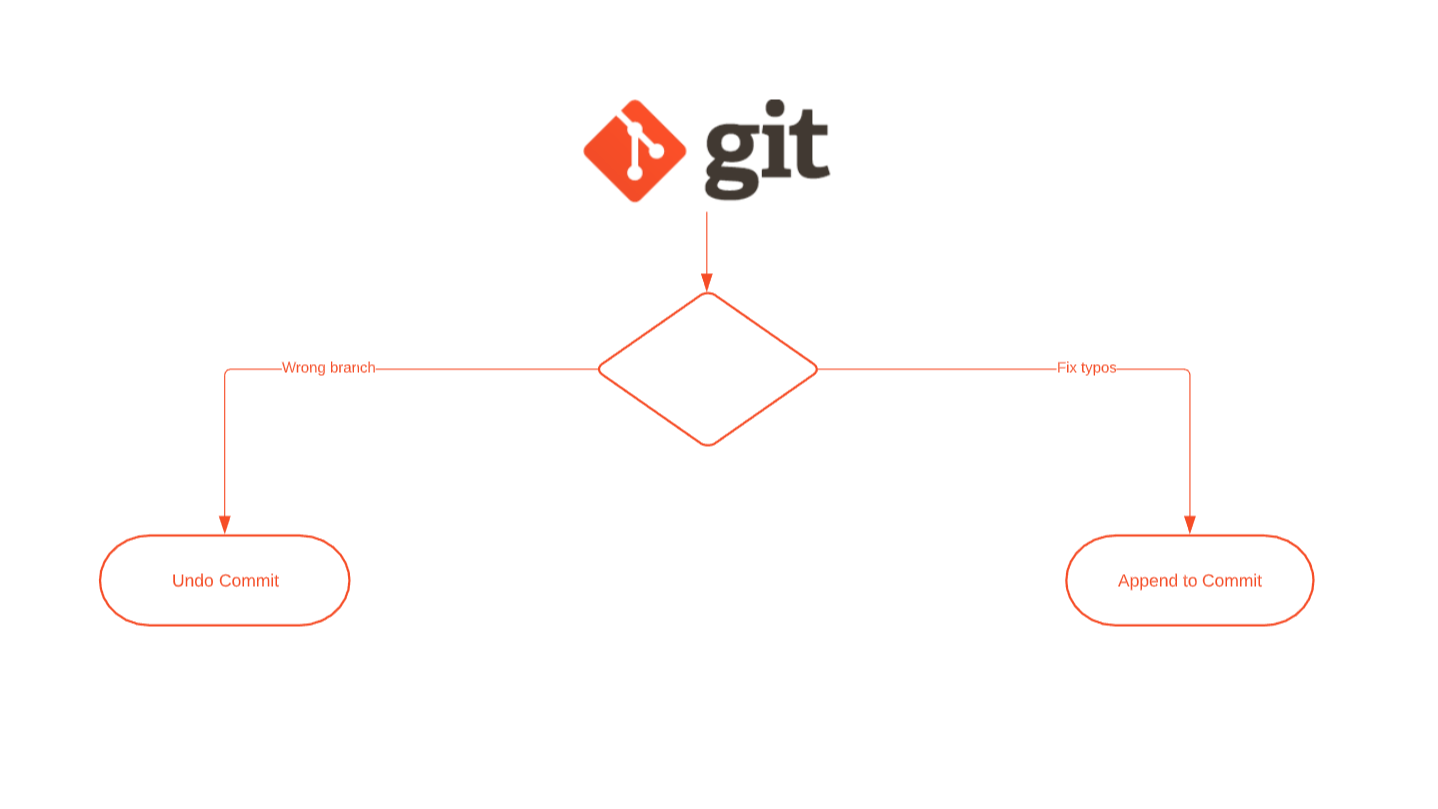I will describe how to make your life easier as a programmer with these useful tips on using Git. Before reading this, I recommend that you have a basic understand on how Git works.
Essential Command Line Argument
My most used argument with git is probably
!$- Type
in the command linemkdir myFolder - Then type
to move into the recently created foldercd !$
In the above example,
cd !$mkdir myFolder
, but you forgot to add the src foldergit commit -m'feat: Add new kickass feature'- Then you can write
, saving you from typing the whole commit message againgit commit src/ !$
I know that you can press the up key,
↑ctrl+aalt + → src/Include Changes In the Previous Commit
I almost always catch typos, excess whitespace, or missing new lines after I make a commit. My best advice for adding these changes is to add them to the previous created commit. You don't want to mess up the git history more than you have to. Use the
--amend- Use
to add your changes to the previous commit.git commit --amend
By default, on Mac at least, the terminal will open Vim, and you will see the previous commit message. Unless you want to add more to the message, you can type
:wqBut I already pushed the changes to the repository. I cannot change the commit anymore.
Don't worry. You can still amend the last commit, but you need to force push the changes to the repository. If you try to amend a commit that is already pushed to the repo, you will get an error message similar to this
! [rejected] master -> master (non-fast-forward)
error: failed to push some refs to '[email protected]
You might get a hint, telling you to pull the changes from repo, but this will create a conflict in your repository, and you need to create a new merge commit to fix it. This is not what we want. Instead, force push the changes you amended.
to add to the previous commitgit commit --amend
to override the changes in the repogit commit origin yourBranch --force
Using
--forceI Want to Undo My Previous Commit
This is somewhat the opposite of the previous section. Instead of adding changes, we want to undo them.
I make a lot of mistakes as a programmer, and one of them is committing the wrong files to the wrong branch. What do I do? I want to keep my changes, but remove them from the branch. In order to do this, we need to reset the change:
will reset the last commit, and you keep your workspace changes. (passinggit reset HEAD~1 --soft
instead of--hard
means you will discard your workspace changes)--soft- Now you can change branch, and commit the changes to the correct one.
But I already pushed the changes to the repository. I cannot change the commit anymore.
Don't worry. We have a way of solving it, and it involves a force push this time as well.
to undo the commit, but keep the changes in our workspacegit reset HEAD~1 --soft
to change the git history in our repogit push origin yourBranch --force- Now you can change branch, and commit the workspace changes.
Summary
replaced with last used argument!$
append changes to the previous commitgit commit --amend
undo the latest commitgit reset HEAD~1
keep workspace changes--soft
discard workspace changes--hard
overwrite existing code in repository--force


